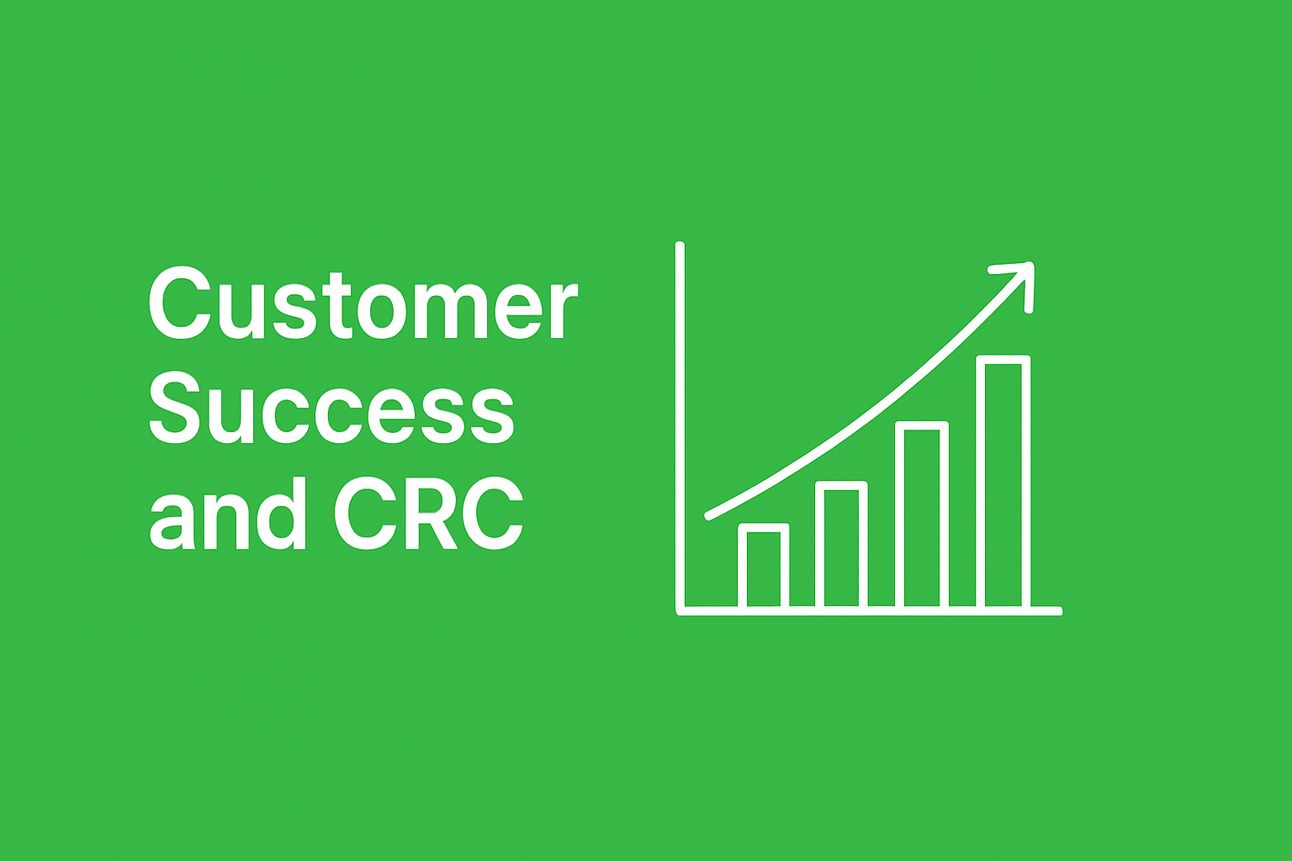- The Profit Loop
- Posts
- Why Every CS Leader Should Care About CRC
Why Every CS Leader Should Care About CRC

Why Every CS Leader Should Care About CRC (Customer Retention Cost)
Customer Success is increasingly being viewed as a revenue driver rather than just a retention function. To truly position CS as a strategic business unit, CS leaders need to understand key metrics that impact the bottom line. One of the most overlooked, yet crucial metrics is CRC: Customer Retention Cost.
While many CS teams focus on metrics like Net Retention Rate (NRR) and Customer Lifetime Value (CLTV), understanding CRC can offer a deeper insight into how efficiently your team is retaining customers.
Last week I wrote about the ratio between Customer Acquisition Cost (CAC) and Customer Lifetime Value (CLTV). This comparison tells you whether you’re spending too much to retain customers compared to acquiring them.
This week we will talk about CRC (Customer Retention Cost). Let’s break down why CRC is essential and how you can leverage CRC to make smarter strategic decisions.
First, what Is Customer Retention Cost (CRC)?
CRC is the total cost associated with retaining a customer. It includes all expenses related to maintaining customer relationships, such as:
Customer Success salaries and commissions
Onboarding and training costs
Customer support expenses
Retention marketing efforts
Technology costs (like CRM and customer feedback tools)
Simply put, CRC tells you how much you’re investing to keep your customers.
Why CRC Matters for SaaS Companies:
Revenue Efficiency: Knowing your CRC helps you understand if your retention efforts are financially justified. High CRC relative to revenue means your customer retention strategy needs optimization.
Budget Allocation: If CRC is increasing without a corresponding rise in Net Revenue Retention (NRR), it’s a signal to reassess where your resources are going.
Profitability Insight: Lowering CRC while maintaining or increasing NRR directly boosts profitability.
How to Reduce CRC Without Sacrificing Retention:
Leverage Technology: Automate customer health monitoring and feedback loops to reduce manual effort.
Standardize Onboarding: A robust onboarding program reduces long-term support needs, lowering CRC.
Upskill Your CS Team: Invest in training that enables CSMs to handle more customers without sacrificing quality.
Proactive Communication: Reduce churn-related costs by addressing potential issues before they escalate.
Case Study: Efficient Retention in Action
At a mid-sized SaaS company, the CS team noticed that their CRC was rising steadily while NRR remained stagnant. Upon closer inspection, they realized that:
High-touch accounts were disproportionately increasing CRC.
Onboarding was overly customized and required excessive manual input.
What They Did:
Streamlined onboarding with automated guides and video content.
Implemented a data-driven health scoring model to proactively manage risks.
Trained CSMs to conduct group training sessions rather than 1:1s where applicable.
Results:
CRC reduced by 30% within six months.
NRR increased by 12% as the team could allocate more time to proactive engagement.
Final Thoughts:
Understanding and managing CRC is essential for modern Customer Success leaders. By measuring the CRC, you can ensure that your retention efforts are not only effective but also efficient.
As CS continues to evolve from a support role to a revenue driver, having a strong grasp on CRC will enable you to make data-driven decisions that align with business growth goals.
Are you tracking your CRC? Are you comparing it to CAC? Start today and see how a small shift in focus can lead to major gains.
Let me know if you’d like insights on calculating CRC for your team or practical steps to lower it.
—
Mark Stagi
The Profit Loop
Your guide to commercial excellence in Customer Success